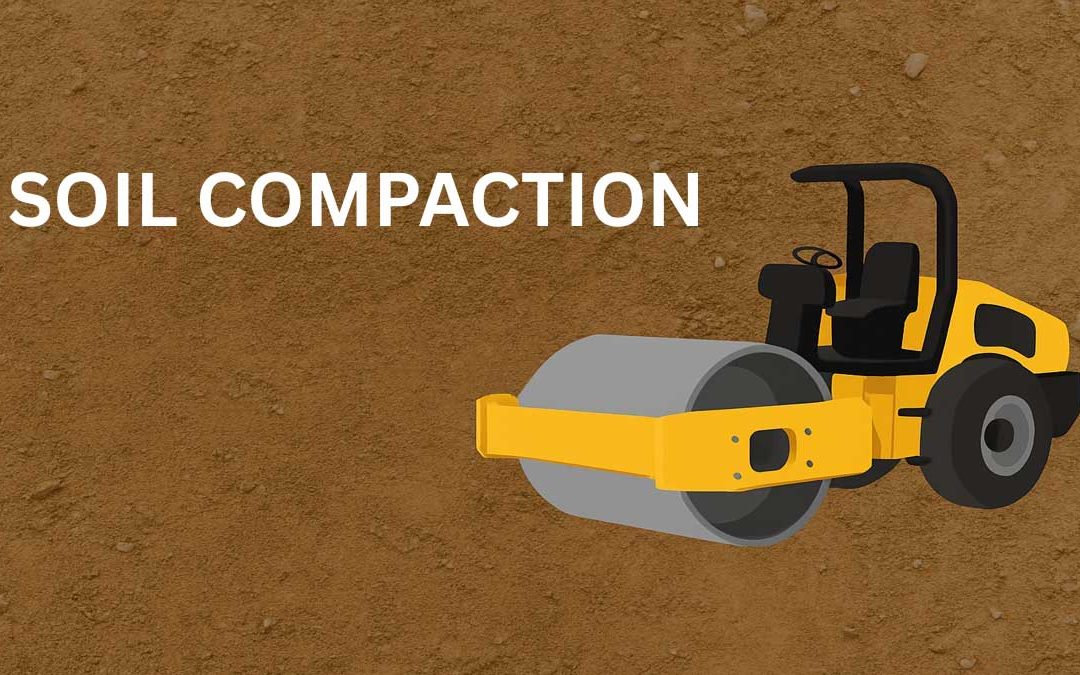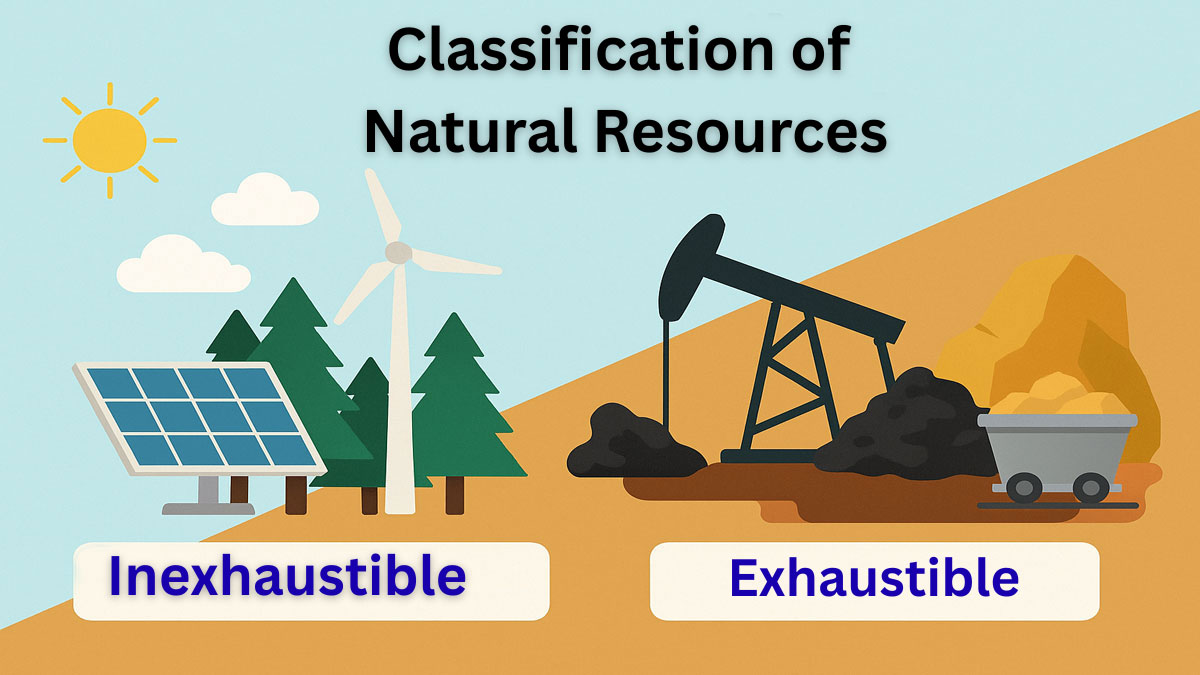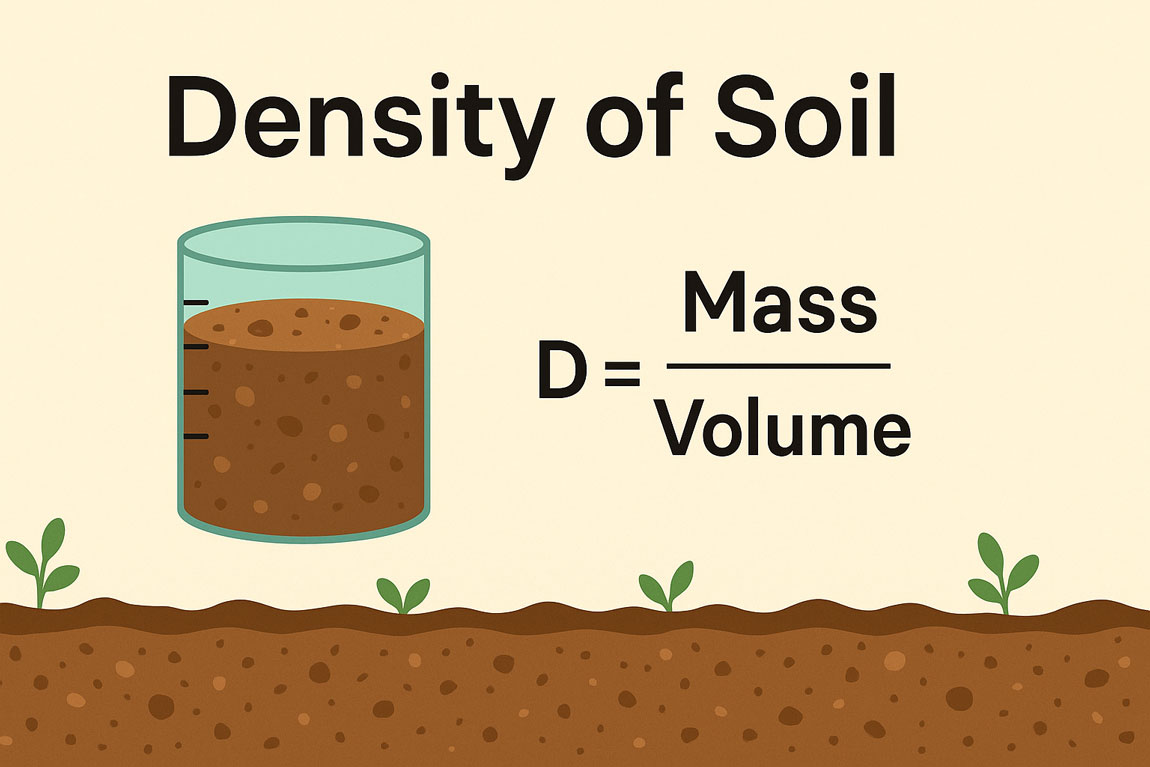Compression soil accomplished by loading for a short period is known as compaction. It is a quick process of densification and stabilization of soil. A soil mass loses its compactness when it is excavated from its natural source and deposited elsewhere.
Why Soil Compaction is Necessary:
As such, the soil of borrowed areas brought for the construction of earth-fill structures needs to be compacted. Compaction is a process by which the soil particles are rearranged and closely packed, thus resulting in a decrease in the void ratio and an increase in density.
The extent of soil densification is dependent on the amount of compaction. An increase in compaction leads to an increase in dry density and a decrease in water content.
Process of Soil Compaction in Earthwork:
Soil from the borrow areas is deposited at the earthwork site where it is compacted by rollers or other machinery until the desired result with respect to density and water content is achieved. In general, if the soil is very dry, it is sprinkled with water before compaction to make it wet to obtain the desired compaction.
Alternatively, if the soil is wet, it is piled near the construction site to allow it to dry and reduce the water content before its placement at the site for compaction. A laboratory test is conducted on the compacted soil of the work site to check whether the water content and density have achieved the compaction as per the design requirement.
It has been found that soil achieves the highest compaction and maximum density with a specific water content termed the optimum water content.
Types of Soil Compaction Equipment:
Compaction of soil in earthwork sites utilizes mainly three types of compaction equipment, namely rollers, rammers, and vibrators. Rollers may be of several varieties, such as pneumatic-tyred rollers, smooth-wheel rollers, and sheep-foot rollers.
Rammers used in the field compaction of soil may be pneumatic or internal combustion types. Vibrators comprise vibrating units of pulsating hydraulic types moulded on rollers or plates, or out-of-balance weight types. The performance of the equipment regarding compaction depends on several factors, including the nature of the soil, such as grain size, water content, admixture type, and the degree of compaction.
Soil Type and Its Effect on Compaction:
Compaction increases the dry density, but the extent of increase depends upon the type of soil. Coarse-grained and well-graded soils attain maximum dry density with lower optimum water content after compaction in comparison to fine-grained soil, which requires more compaction and more water to attain the maximum dry density.
The compaction property is changed when organic matter or other admixtures are present in the soil. Sometimes admixtures are added to achieve the desired extent of compaction. In general, the effect of compaction on soil particles depends on their compressibility, pore pressure, permeability, stress–strain relation, shrinkage, and swelling.
Compaction of Cohesionless Soil:
The method of compaction of cohesionless soils such as gravels and sands includes a combination of operations, namely vibration, watering, and rolling. The method of tamping by heavy weights was mostly followed in earlier days, but today, compaction is done by machine vibration.
In a rock-fill dam that mostly uses coarse materials such as cobbles, gravels, and sands, heavy rollers are used for compaction of these fill materials after spreading them in layers of 20 cm to 30 cm thickness. Most fills are compacted by pneumatic-tired rollers.
It may be required to add water during compaction to eliminate the capillary forces in soil grains. In clear sand, water drains out easily, and compaction may not be effective to the desired extent.
Compaction of Cohesive Soil:
In cohesive soils such as clayey silt or in admixture of gravel–sand–silt–clay, compaction can be well effected by pneumatic-tyred rollers. The cohesive fills for buildings are compacted in 15 cm to 30 cm thick layers by heavy rollers of approximately 25-ton capacity, whereas for embankments and dams, heavier rollers of up to 50-ton capacity are used.
The degree of compaction is mainly dependent on the nature of the moisture content. The effectiveness of compaction of soil under varying moisture contents is known from the changing density. The relationship between water content and density of a cohesive soil guides the engineers to decide the thickness of layers and the types of rollers to be used to obtain 100 per cent compaction at optimum moisture content.
Compaction of In-Situ Soil:
The in-situ soil is compacted by piles. Subsidence of loose sand associated with vibration at considerable depth may take place due to pile driving. When piles are driven in such soil consisting of loose sand from the ground to considerable depth, the soil gets compacted, causing a reduction in volume and a decrease in porosity to a great extent (30–40 per cent).
Sandy soil of small to medium cohesion can also be compacted by pile driving. In this soil, the compaction is achieved not by vibration but by static pressure. Some types of vibrators combined with a water jet are also effective in bringing about compaction of sandy deposits in their natural state.
Pile driving below the water table may result in some viscous mass instead of compaction. In such cases, the method of compaction by preloading may be adopted.
Compaction of Organic Soil, Silt, and Clay:
Organic soil, silt, and clay that are not easily compressible can be compacted by preloading. The method includes covering the area of these soils with a fill having a higher weight per unit area sufficient to compress the soil to the required extent.
Silty soil with lenses of sand gets easily compacted, but more pressure is required for organic soil without a sand lens due to its impermeable nature. Some drains are provided before preloading in organic and clayey soils to quicken the process of compacting. A pervious drainage blanket is also laid to allow the escape of water from the soil to the blanket.
Though water percentage is high in clay, permeability is very low to practically nil. Clay is excavated in chunks to a place on the site of the earth structure for use as a construction material. Neither vibration nor pressure of short duration can change the water content.
Conclusion:
Soil compaction is essential for stable and durable earthwork construction. By understanding the characteristics of different soil types and applying the appropriate compaction methods and machinery, engineers can ensure the safety, strength, and longevity of the built structures.






